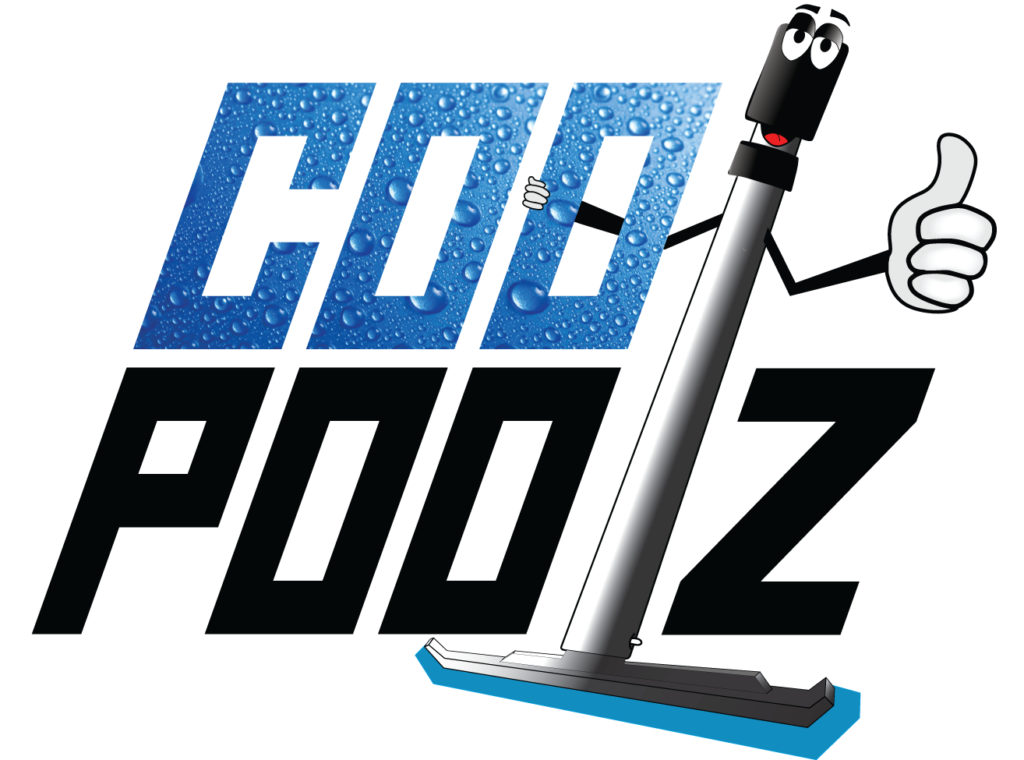FAQs
Got a Question?
Here you can find answers to the most common questions pool and spa owners usually have. You can also email us with your own questions and we will be very happy to answer them for you.
Following the questions, we also provide a glossary of pool related terms.
Filtration system pool must operate a minimum of 8 hours and 30 minutes for spa, if they are residential locations. Commercial locations vary. Filtration system must operate during the time pool/spa are being used. Pools filtration system may operate up to 18 hrs. Spa filtration may operate for up to 8-10 hrs.
Yes! If unattended, algae can grow in free-floating patches and on walls of pool/spa. It may also cause pool/spa surface damage, clog filters and impact swimmers health.
In caring for pool/spa, a test kit is highly recommended to know how much chlorine is present in water. Indicating how much chlorine will be necessary. Chlorine demand varies from one pool to another. Therefor it is difficult to say how much chlorine is required to maintain water clear.
In order to determine how long chlorine may last in pool/spa we need to consider:
- Amount of chlorine added
- Bather load
- Cyanuric Acid level
- Amount of foliage/debris entering water
- Water leaks
The filter, one of your pool/spa most important pieces of equipment, is designed to remove visible debris and most microscopic matter. Filter can be backwashed monthly. Generally it should be cleaned 2-3 times a year. For pool/spa with heavy usage, demand for filter cleanings may be more frequent.
Cyanuric Acid is extremely important in all pools/spas. It helps retain chlorine present in water. Without it, UV rays from the sun will destroy and consume chlorine. Leaving water without a sanitizer!
No. Muriatic Acid helps adjust pH in water. Proper pH levels improve efficiency of sanitizer to oxidize organic waste.
A pool without proper filtration equipment and chemical balance is basically a bathtub. No one would ever get in a bathtub after 30 people have been in it! Swimming pools/spa need regular maintenance for a number of reasons:
- Proper chemical balance needs to be maintained to ensure longer equipment life
- To avoid skin/eye irritation
- Extended plaster life
- Pool filtration systems do a lot of the work, but it takes chemistry to maintain a balance water system
- Proper sanitation will eliminate dangerous pathogens and microorganisms from infecting pool users
- Improper balance leads to cloudy water
We recommend waiting at least one hour before jumping into pool.
We will do our very best to accommodate different scheduling issues that may arise.
Glossary of Terms

Alkalinity – A measure of the acid-neutralizing capability of the pool water: that is the water’s ability to resist fluctuations of pH with the addition of other chemicals.
Acid – A chemical compound that lowers pH. Two acids are most normally used for pools: muriatic acid (HCL – a liquid) and sodium bisulfate (dry acid).
Chloramine – A chlorine by-product that is formed by the oxidization of organic contaminants. It produces a strong chlorine odor that is associated with public swimming pools. It is irritating to eyes and skin and does not provide any benefit.
Combined Chlorine – The “bad” chlorine (chloramine) that has been used up by oxidizing organic contaminants in the pool water. This chlorine component cannot be measured separately.
Cyanuric Acid – A chemical stabilizer (also known as CONDITIONER) used to reduce the degradation of chlorine in pool water by UV rays or sunlight.
Free Chlorine – The “good” chlorine in pool water available to kill microorganisms and to oxidize contaminants. This chlorine is the component of pool water that must be measured daily, by test strips or DPD tests.
Oxidizer – A chemical that will burn up organic contaminants in pool water. Also known as shock it may or may not contain chlorine.
pH – A measure of the acid/base quality of a solution such as pool water. The logarithmic scale (each number away from 7.0 is 10x as strong as the one before) runs from 0 on the acid side to 14 on the base side with 7.0 being neutral.
Sanitizer – The chemical or device that kills or inactivates the microorganisms present in the pool water.
Shocking – The addition of oxidizing chemical to rid the pool of contaminants. Chlorine shock will leave a high sanitizer residual that must drop before entering pool. Non-chlorine shock will not and bathers can reenter the pool within 20 minutes.
Superchlorination – Raising the chlorine level high enough to oxidize all contaminants (5-10ppm), to destroy all the chloramines present (10x the combined chlorine level), to eliminate a green algae bloom (30ppm), or to deal with fecal matter discharge (at least 30ppm).
Total Chlorine – This is the mathematical sum of free chlorine and combined chlorine. This is the chlorine that is measured by the OTO test kits with a reagent that turns yellow.
